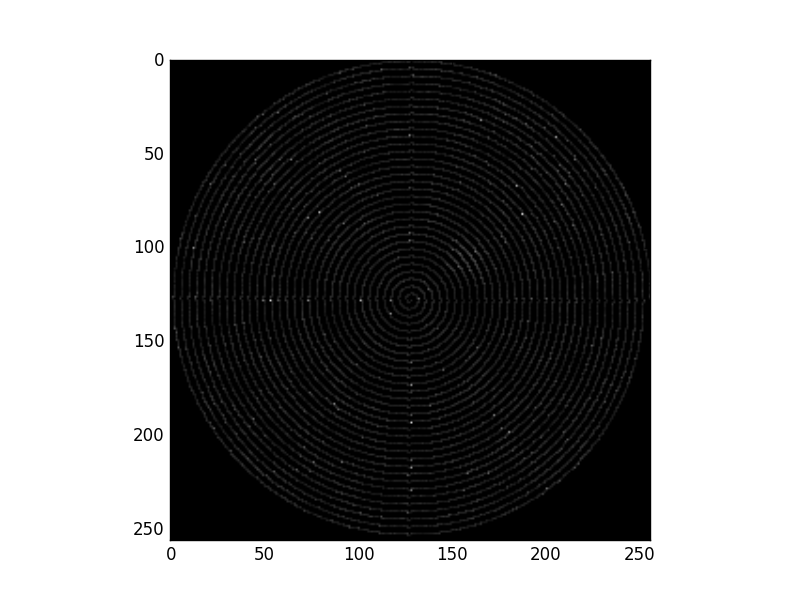Compressed Sensing of Scanning Transmission Electron Microscopy (STEM) on Non-Rectangular Scans
Scanning Transmission Electron Microscopy (STEM) has become the main stay for materials characterization on atomic level, with applications ranging from visualization of localized and extended defects to mapping order parameter fields. In the last several years, attention was attracted by potential of STEM to explore beam induced chemical processes and especially manipulating atomic motion, enabling atom-by-atom fabrication. These applications, as well as traditional imaging of beam sensitive materials, necessitate increasing dynamic range of STEM between imaging and manipulation modes, and increasing absolute scanning/imaging speeds, that can be achieved by combining sparse sensing methods with non-rectangular scanning trajectories. Here we developed a general method for real-time reconstruction of sparsely sampled images from high-speed, non-invasive and diverse scanning pathways. This approach is demonstrated on both the synthetic data where ground truth is known and the experimental STEM data. This work lays the foundation for future tasks such as optimal design of dose efficient scanning strategies and real-time adaptive inference and control of e-beam induced atomic fabrication.
PDF Abstract